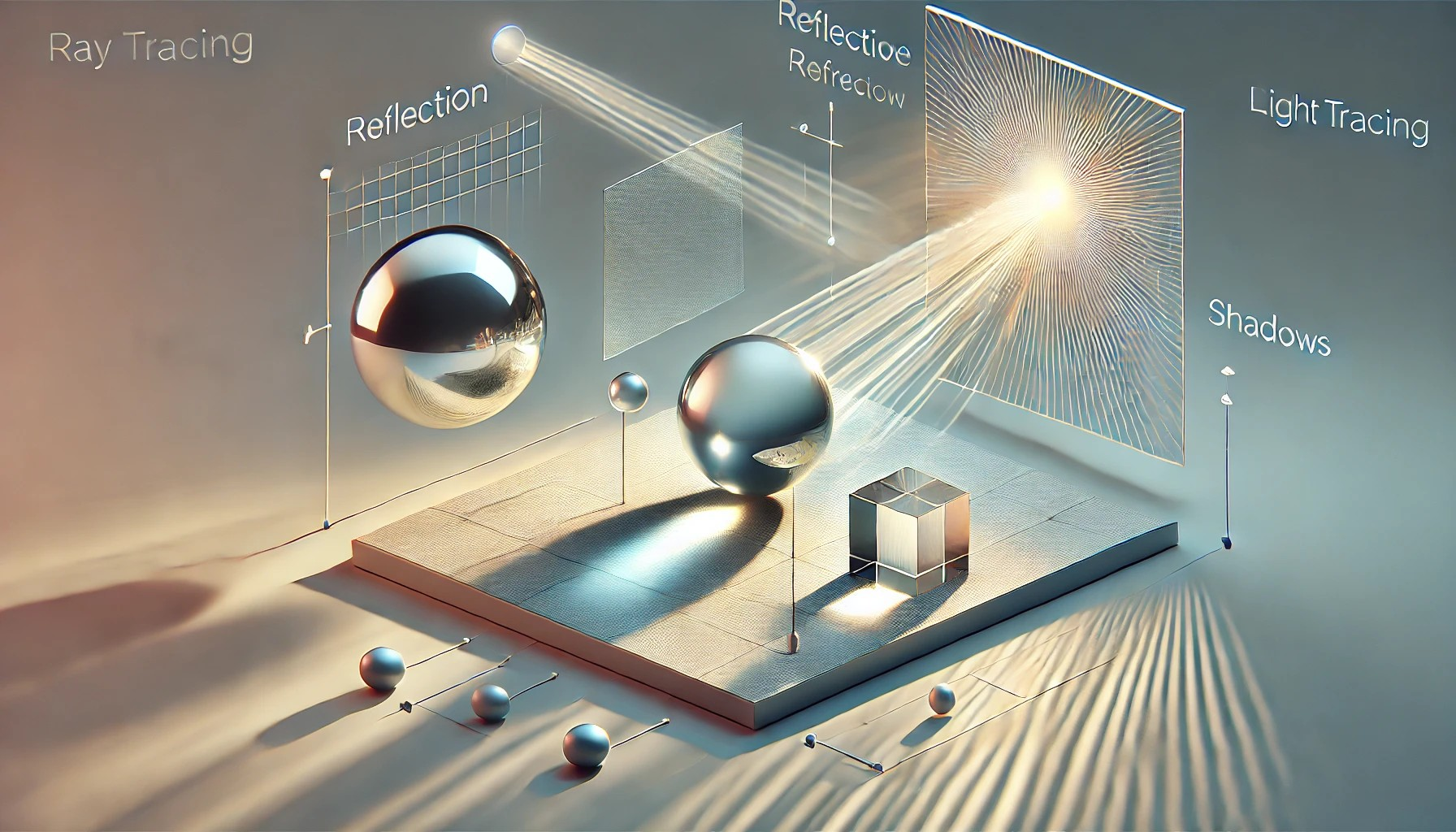Understanding Ray Tracing in Modern Gaming

Sarah Wilson
2024-03-15

What is Ray Tracing?
Ray tracing is a rendering technique that simulates the physical behavior of light to create more realistic graphics in games. This guide explains how it works and its impact on gaming.
How Ray Tracing Works
Key components of ray tracing technology:
- Real-time light simulation
- Accurate shadow rendering
- Realistic reflections
- Global illumination
- Ambient occlusion
Types of Ray Tracing Effects
Common ray tracing implementations:
Ray Traced Reflections
- Screen space reflections vs ray traced
- Performance impact
- Visual improvements
Ray Traced Shadows
- Contact-hardening shadows
- Soft shadows
- Performance considerations
Global Illumination
- Indirect lighting
- Light bounces
- Ambient lighting
Hardware Requirements
Recommended specifications for ray tracing:
NVIDIA GPUs
- RTX 40 Series: Best Performance
- RTX 30 Series: Strong Performance
- RTX 20 Series: Entry Level
AMD GPUs
- RX 7000 Series: Competitive Performance
- RX 6000 Series: Basic Support
Performance Impact
Understanding performance costs:
- FPS impact by effect type
- Resolution scaling
- Quality presets
- DLSS/FSR benefits
Game Support
Popular games with ray tracing:
- Cyberpunk 2077
- Alan Wake 2
- Portal RTX
- Forza Motorsport
- Ratchet & Clank
Optimizing Ray Tracing
Tips for better performance:
- Use DLSS/FSR when available
- Adjust individual RT effects
- Balance quality settings
- Monitor resolution impact
Future of Ray Tracing
Upcoming developments:
- Hardware improvements
- Software optimization
- Game engine integration
- Cross-platform support

